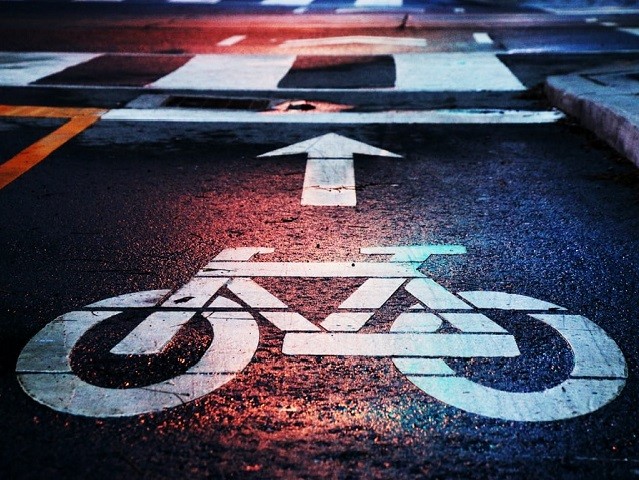How the Covid-19 pandemic is changing urban mobility
Willingly or forced by circumstances, cities across Europe have slowly started to change their vision about urban mobility. “Towns built for people not for cars” is a concept acknowledged even before the coronavirus outbreak, due to the high level of pollution released by the heavy traffic in the big communities. Now, social distancing imposed by the sanitary crisis has led many municipalities to offer their citizens new travelling ways to avoid gatherings on public transport along with an excessive use of private cars. This has often meant the introduction of new cycle paths and 30 km/h zones to keep road traffic speeds down and boost so called soft mobility. Turin, known as the Detroit of Italy because of its FIAT car industry (today FCA) founded in 1899, is one of the most polluted European cities. Surrounded by a wonderful belt of mountains that nevertheless traps emissions, it forcibly started to rethink its mobility fifteen years ago, reserving the historic areas of the centre for pedestrians and introducing increasingly restrictive measures to limit private cars. But in the last few years the city centre has been radically transformed. Mayor Chiara Appendino says: “Turin already had a Biciplan [a ‘bike plan’ which aims to increase the share of bike travel to 15% by 2023, ed. note]. The Covid-19 emergency has accelerated this project. In a very short time we planned 95 km of new cycle paths. Moreover, we have introduced new solutions such as the ‘bike boxes’ – we are among the pioneers in Italy – which are spaces in front of crossroads regulated by traffic lights that allow bicycles and scooters to position themselves in front of the stopped cars, so they have priority in turning and don’t breathe in the exhaust gases.” According to the Traffic Operations Centre of the Municipality of Turin, which is managed by the company 5T that monitored the five main cycle paths of the city, the flow of bikes increased by 6.9% in August, compared to the same period in 2019. However, there is also the other side of the coin. This traffic revolution has led to an increase in road accidents with pedestrians and cyclists injured. And motorists have protested as they are concerned about traffic jams due to roads being narrowed to make way for cycle paths. Appendino affirms that the authorities are aware that people need to use cars in many situations (elderly people or with disabilities, but also some workers). But she believes that alternatives to motorized transport should be created: “There is a need of a cultural change, which implies an increased awareness of our choices and our actions. Why should a roadway be dedicated 100% to cars, instead of allocating some room for those who choose more sustainable vehicles?” She states that roads cannot be enlarged to meet all the needs because of their structural issues: “Traffic is like water, it goes wherever space is. And if there is more space, there will be more traffic. Our cities are a wonderful heritage of history and were not born fit cars into them”. Read the full article on: http://stardustproject.eu/news/how-covid19-is-changing-urban-mobility/
Keywords
Covid-19, urban mobility, electric mobility, air quality



